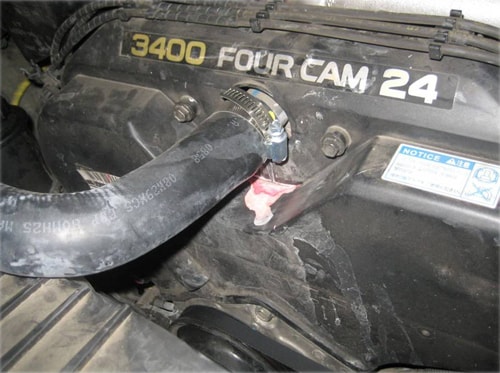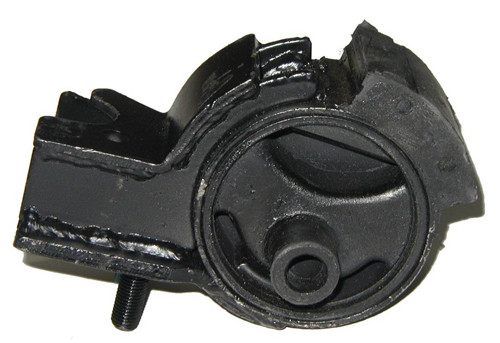Things to know when buying a used car
The tightness of the door, the underside of the engine block or the engine mounts are things to pay attention to when buying a used car that not many people know.
Experience in checking parts when buying a used car such as doors, engine block, cooling system, tires...
1. The door
Check the doors to see if they close properly, are they loose or warped? If so, the car has been in an accident, depending on the severity of the accident.
2. Engine block
Check the underside of the engine block for oil leaks. If so, it is likely that the gasket is worn. If there is no oil leak, it may be because many people have foreseen it, so they use thick oil of 20w-40 or 30w-50, which also helps prevent cars with loose bearings from emitting black smoke. In fact, it is best to use the type of oil required by the car.
3. Cooling system
 |
| Coolant hose leaking. |
Check the cooling system such as the pipes are intact, many old cars often have leaks in this pipe. In mild cases, it can freeze by itself if the car uses concentrated coolant (must be mixed with water before use), otherwise it will cause lack of water to heat the engine.
4. Tires
In addition to visual inspection, used car buyers should test drive. If the tires are worn, the noise will be louder than usual. The noise is usually from the 2 rear wheels. If the car has 4-wheel drive, the 2 front wheels will wear more because of the active brakes first.
5. Air conditioner
Check if the air conditioner fan is running, if not the car will still be cold but a bit weak.
6. Tripod
There are 4 rubber engine mounts. If the engine mounts break, it will cause jerking when starting and will be very expensive to replace.
 |
| Tripod |
How to check: open the hood, shift to 1st gear and press the accelerator, if the engine jerks back or forward, replace it. It is also easy to see with the naked eye at the rubber feet. Most old cars have this phenomenon.
7. Brakes
Test the brakes for squealing noises. If so, the brake pads are worn or have sand in them. In this case, both the brake pads and the brake discs need to be replaced.
8. Clutch
How to tell if the clutch is worn with a manual transmission: release the brake completely, shift to 2nd gear, press the accelerator and slowly release the clutch. If you step on the accelerator hard but the car does not move, it needs to be replaced. The second way is to turn off the engine, press the clutch, if you hear a noise, the clutch is worn.
In addition to the above parts, when buying a used car, you should not focus too much on the car being "original", not having opened the engine, because any used car needs to be repaired or replaced periodically. For example, a manual transmission car needs to change the clutch every 100,000 km (depending on the load), change the timing belt every 90,000 km. Automatic transmission cars need to change the timing belt after about 90,000 - 100,000 km, and change the transmission oil and engine oil.
According to vnexrpess






